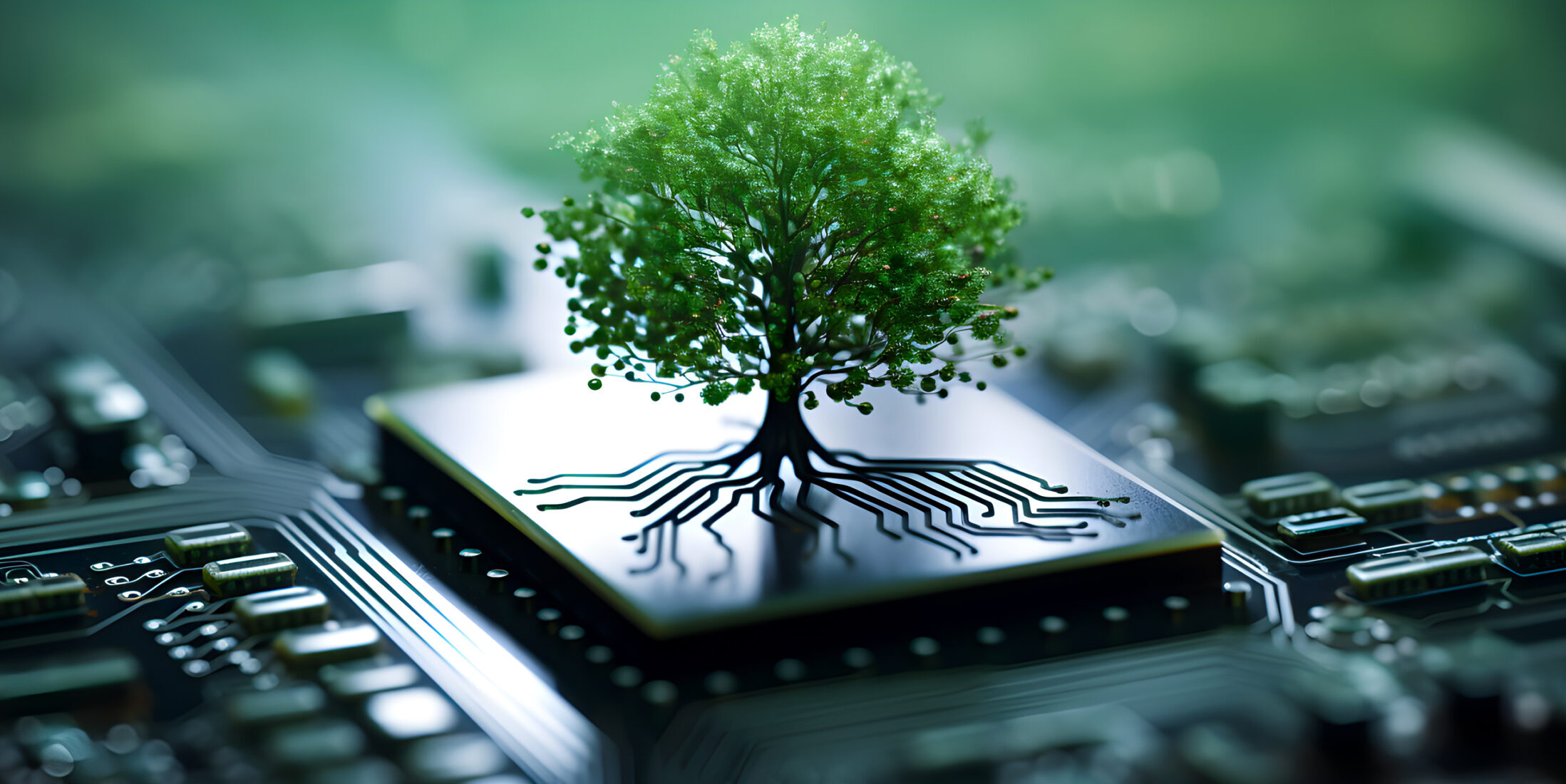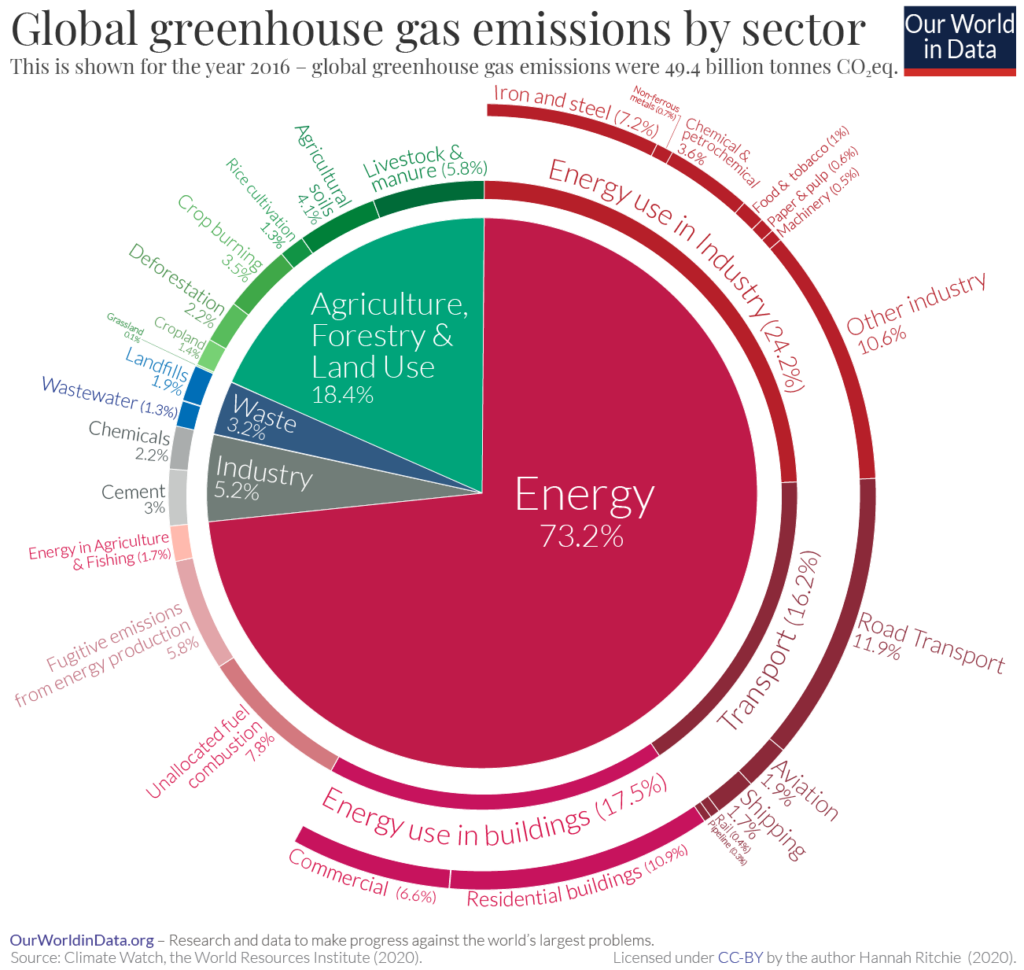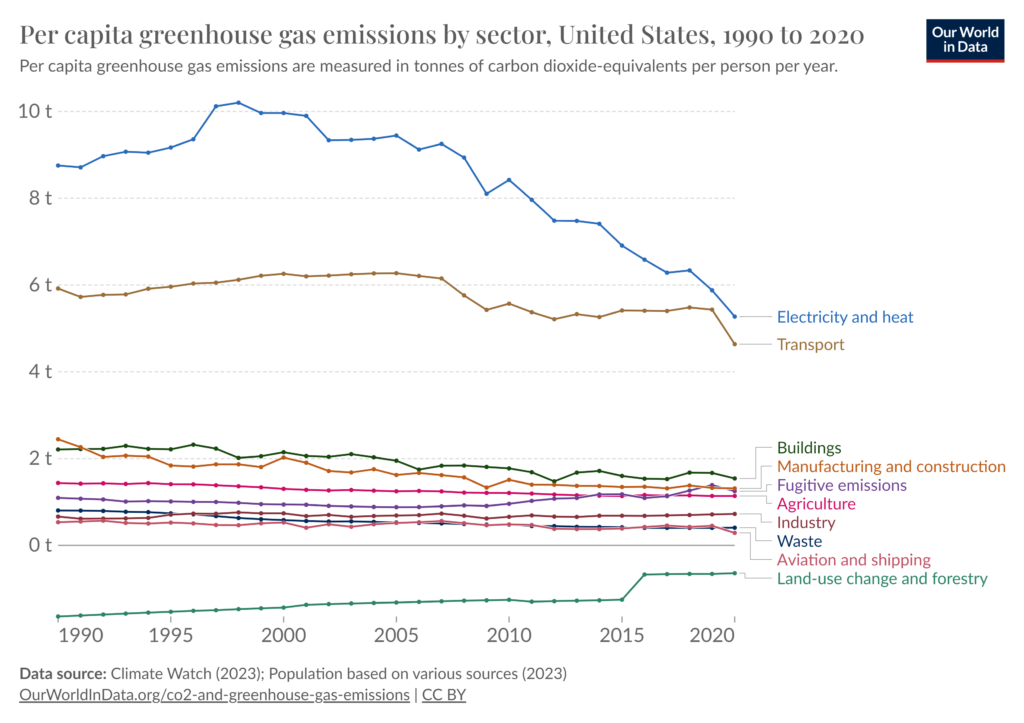In the face of escalating climate change concerns, the imperative for sustainable and eco-friendly solutions has never been more critical. The International Panel on Climate Change has set a goal of no more than 1.5 degrees Celsius temperature rise to stem many of the major detrimental effects of climate change. To achieve that goal the global community needs to reduce our carbon and other greenhouse gas emissions. By the year 2030 we will need to achieve a 48 percent reduction (from 2019 level) in global carbon pollution. Following that, we need to move to net zero carbon emissions by 2050, and further reductions and sequestration beyond that. Rising global temperatures, extreme weather events, and the depletion of natural resources underscore the need for comprehensive, innovative solutions. Cleantech, an umbrella term for technologies that aim to reduce environmental impact, offers a promising avenue to address these challenges and foster a transition towards a low-carbon economy.
When looking at the breakdown of global sources of greenhouse gas emissions, it becomes clear that there are areas which will be easier than others to reduce. Below is a graph showing the breakdown of emissions- some areas in the largest section Energy, such as Energy use in buildings and Transport have readily available alternatives that could cut emissions to zero. Additionally, there are companies with innovative solutions to reduce emissions from livestock, deforestation, and even concrete production.
Source: Our World in Data
Indeed, we see that in at least some of the wealthier, more developed countries, increases in renewable energy percentage have enabled reductions in greenhouse gas emissions from those two key areas of transportation and electricity / heat. It is critical that the technology behind those decreases in greenhouse gases is made widespread (including to developing nations) and that it is made more affordable as we globally collaborate towards the goals of Carbon Net-Zero.
As the global community grapples with the consequences of carbon emissions and environmental degradation, the role of cleantech in mitigating the climate crisis has emerged as a beacon of hope. Innovative cleantech solutions can pave the way for a more sustainable future. Simplexity’s unique skills in mechatronics, electrical, mechanical, systems and firmware engineering can help your company succeed in this venture. By leveraging Simplexity’s expertise in research, design, and manufacturing, you can help push your cleantech venture into the forefront of this planet-saving effort.
Here are some key areas where cleantech and product development intersect:
1. Renewable Energy – emission free electricity
The most significant contributor to greenhouse gas emissions is the reliance on fossil fuels for energy production. Emission-free energy solutions using solar, wind, geothermal and tidal energy technologies, offer ways to remove the greenhouse gas emissions from our energy production. In tandem with this is the need for local storage of the energy generated this way. Numerous battery, fuel cell, and even thermal battery companies are innovating to allow for renewable sources to satisfy our needs when the sun does not shine.
2. The switch to all-electric vehicles and homes
Because electricity can be generated emission free there is a trend towards making our vehicles and homes fully electric. In many areas, electric vehicles are rapidly replacing gasoline cars, making it hard to find a spot at the charging station in front of Simplexity’s office. Additionally, there are numerous companies electrifying the shipping industry and other industrial vehicles and farm equipment. With a similarly large portion of the pie chart, our buildings can be powered by renewables if they rely on electricity. New induction stovetops and efficient heat pumps replace ovens and natural gas furnaces to make our homes emission free.
3. Energy efficiency gains
Smart devices that automatically adjust energy usage based on demand and optimize resource consumption can significantly contribute to reduced carbon footprints. As the field of electronics advances, less power will be needed, and we can even consider whether devices can forgo a battery in favor of energy harvesting. Simplexity’s systems approach to these problems enables us to consider both mechanical and electrical interactions and build models to help determine what is possible.
4. Circular Economy Solutions
A circular economy is one that aims to minimize waste and make the most of resources by promoting the continual use, recycling, and regeneration of products, materials, and resources. Simplexity can help your company lead the way by creating products designed for longevity, ease of repair, and recyclability. Incorporating sustainable materials and manufacturing processes can reduce the environmental impact of a product, and governments are beginning to require that this kind of thought be put into the design and disposal of our consumer goods. Simplexity’s engineers can help your product conform to regulations requiring serviceable batteries, and recyclability.
Conclusion
As the world confronts the challenges posed by the climate crisis, the role of cleantech in forging a sustainable path forward cannot be overstated. Product development companies are well-positioned to drive innovation in this space, creating solutions that not only address environmental concerns but also meet the growing demand for eco-friendly products. While the consequences can seem dire, the shared purpose of the goal makes the field of cleantech unique in the tech world. The time to act is now, and through collaborative efforts, we can turn the tide on climate change and pave (or rather de-pave) the way to a greener, healthier planet.
Contact us if you need help developing an innovative, cleantech product that can help you reach your sustainability goals!



